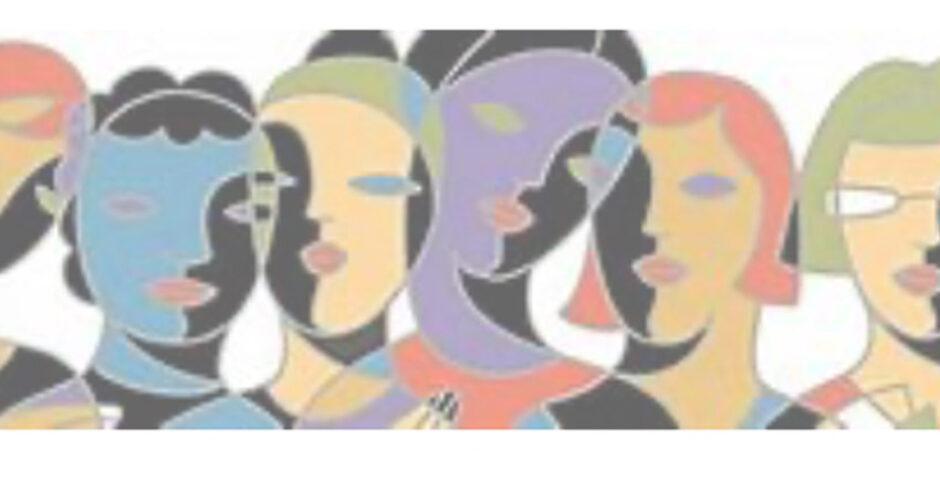It is a year ago that I visited India to do work on trafficking and abuse of women and children In India on behalf of the Bridge Institute, part of Bridge partnership. After my return last year I published a video and wrote an article on the trip and the issues which we were dealing with.
And so a year later I reflect on what I observe in today’s world. I also touched briefly on this topic in the BTN’s EiL 2019 during which I covered slavery more generally.
During the presentation, I spoke about the estimated 20 to 30 million slaves across the world today. More in total than those who were enslaved at the height of the so-called slave trade in the 1800s. It is hard to count the exact numbers of a hidden population. 90% of women and children who end up as Sex Slaves were victims of childhood sexual abuse before they were recruited. You are in greater risk of being hit by a bolt of lightning than you are of going to jail, if you enslave a person in South Asia. And an estimated number of 800,000 people are illegally trafficked across international borders every year. These stats should cause us all to stop dead in our tracks and wonder what kind of world we are living in. We have created, even if unwittingly.
As I write this, the well-published trial of Harvey Weinstein is finally underway closely watched no doubt by the “Me Too” movement and many others. And in the same time frame, I have just watched a documentary on Peter Sutcliffe the infamous Yorkshire Ripper. Whilst watching the documentary I did not focus on the horrendous and cruel crimes that he was convicted of in the 1980s. I focused instead on the attitudes of the police, press, and prosecutors involved at the time. Which it appears, if I am kind, was misogynistic and chauvinistic.
And I link this to my published thoughts around transformation and D & I in organisations. I have been critical of progress (which is glacial) and postulated that if leaders genuinely thought this was a critical business issue they would be making better progress. (Articles and videos published on the BTN on D&I: “Diversity and Inclusion: Stop Messing About“, “Diversity & Inclusion: Why is HR Still Owning This?“, “The Problem With Women: Diversity in the Workplace“, “Why is Gender Diversity Still an Issue?“, “It’s Almost Funny, Almost, But Its Not!” and “All Change Here, Mind the Gap!“.)
So with this as the backdrop, I wonder just how much the attitude of senior male leaders has really shifted? How enlightened are we ( and I say we because I am one of them). And how much of this lingering chauvinistic attitude is at the heart of both the worlds current challenges described above and the glacial progress at which organisations are diversifying the gender make up of their senior leadership. And in saying this I caution the reader to distinguish between the increasing rhetoric, social media protestations and marketing spend to convince you that companies are taking this seriously, and actual specific progress. For the two are very different. There is a great deal of the one, but very little of the other.
CEO’s, and CHRO’s, working with the education sector, and the recruitment sector, and internal Learning and Development, ( at least), need to drive change that ensures a sustainable shift at all inflection points where bias may drag decisions away from the stated goal of true transformation. Until organisations truly transform, rather than simply saying they have, then cultures will not be inclusive, decisions will likely not be balanced, trust and psychological safety will remain low, as will discretionary innovation. And organisations will remain exposed to the risks which have historically caused corporate scandals including in some cases loss of life. In other words, a systemic holistic approach needs to be taken. This is I believe a big opportunity for many organisations.
I recall in a previous role, a number of years ago, we needed to increase the number of women entering the chartered accountancy field in particular to feed our pipeline for corporate banking. Our approach was multifaceted;
- We went into schools, targeting primarily girls, educating them about a career in corporate banking and the variety of opportunities it would offer.
- We offered bursaries for formal university study in the field.
- We offered those bursars work in our offices during their holidays.
- We assigned each a mentor. And trained those mentors.
- We made early offers contingent on passing final exams.
- We put in place development programmes for them once they joined.
- We monitored their careers performance and assignments closely to ensure the correct trajectory.
- At the same time within the organisation, we conducted D&I and culture change based programmes to ensure the environment would be optimal.
Whilst HR may have been the architect the initiative was jointly owned by business and HR. There is nothing new in this. And businesses apply this same thinking when they are developing a product a segment or geography.
All it takes is the actual desire and commitment to effect genuine change. Something too often absent.
And to round up my weeks reading as I write this article, I read a data point published by CNN, “The 22 richest men have more wealth than all the women in Africa”. (and as we know Africa is a populous continent, c 1.326bn). That gave me pause for thought.
Andrew Fox
This article is exclusive to The Business Transformation Network.




